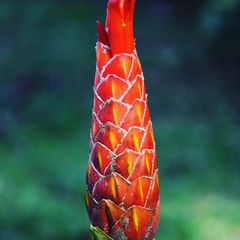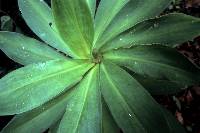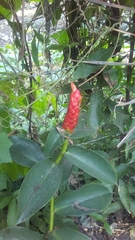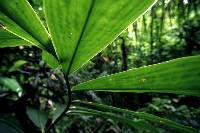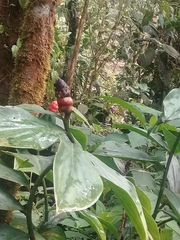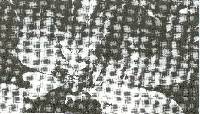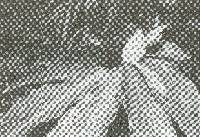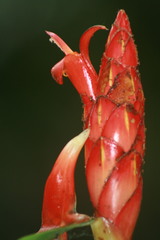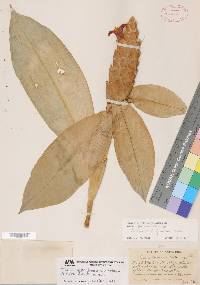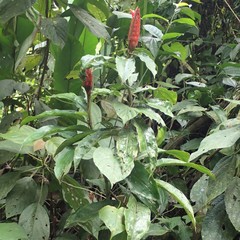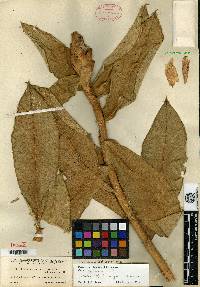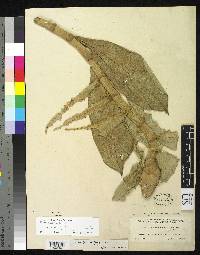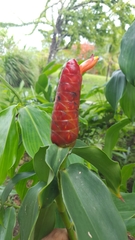
Neotropical Flora
|
Family: Costaceae
[Costus formosus C.V.Morton, moreCostus sanguineus Donn.Sm.] |
Plant usually about 1 m or less tall; stem commonly spiraled, less than 1 cm diam, often reddish at least near base. Leaves moderately few and well spaced (except the uppermost), narrowly obovate, abruptly acuminate at apex, narrowed to broadly-cuneate at base, 12-26 (30) cm long, 4-9.5 (12) cm wide, essentially glabrous or puberulent on underside, the sheath-ligule extended above the leaf base, its upper side fringed with dilacerating fibers. Inflorescence usually 3-7 cm long, ellipsoid to sharply pointed; bracts 2.5-4.5 cm long, red to orange-red (rarely greenish), the margins dilacerating into fibers, the innermost usually glabrous on outer surface except at margin; bracteole ca 2 cm long, red; flowers tubular, red, 5-7 cm long, ca 1 cm wide; calyx red, shallowly trilobate, 7-10 mm long, persistent in fruit; corolla lobes +/- oblong, 1-1.5 cm wide, flared to 4 cm wide above, the center lobe barely exceeding stamen; labellum shorter than stamen, 5-lobed, the 3 central lobes narrow and toothlike. Capsules ellipsoid, 1-2.5 cm long; seeds many, black, 2-3 mm long, irregularly rounded to irregularly 3-angled, covered with a shredded white aril. Croat 9222. Abundant in the forest, particularly along trails, but also in old tree-fall areas. Flowering mostly in the middle to late rainy season, especially from July to October. The fruits are shed by the late rainy season or early dry season. A second but distinctly smaller flush of flowering occurs in the dry season (March and April), with the fruits being shed at the beginning of the rainy season. Maas (1972) indicated considerable variability in the height of this species, 0.5 to 2.5 m and rarely to 3.5 m tall. On BCI it is rarely more than 1 m tall. The species may be confused only with C. scaber. Pollinated by hummingbirds. Mexico to Colombia, Venezuela, and Ecuador. In Panama, known from tropical moist forest in the Canal Zone, Bocas del Toro, Chiriqui (Burica Peninsula), Los Santos, Panama, and Darien and from premontane wet forest in Coclé, (El Valle). |
Powered by Symbiota.



